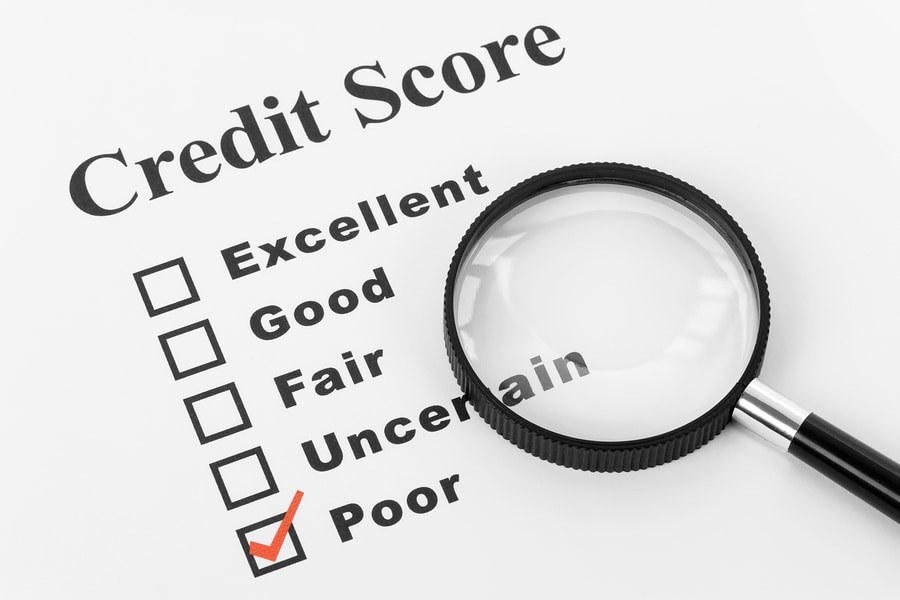
More than 44 million Americans owe more than $1.3 trillion in student loans. Unfortunately, some of these borrowers are going to default. According to the Department of Education, the default rate for borrowers who entered repayment between 2012 and 2013 is 11.3 percent. Default is considered as being more than 270 days behind on student loan payments.
Borrowers in default face several devastating consequences, such as wage garnishments, loss of eligibility for helpful repayment plans, and the interest and principal balance becoming immediately due. If this story sounds familiar, do not give up hope, because there are ways to bring your loans back into good standing.
Get Your Student Loans Out of Default with A Loan Rehabilitation Program
The first option for bringing your student loans back into good standing is to use the Education Department’s loan rehabilitation program. Requirements for rehabilitation vary depending on whether you have Direct, FFEL, or Perkins loans. If you have Direct or FFEL loans, you must make nine monthly payments within 20 days of the due date for 10 consecutive months. If you have Perkins Loans, you must make nine payments for nine consecutive months. The Education Department’s loan rehabilitation program can only be used on defaulted loans one time.
If you qualify for the program, your monthly repayment amount can vary depending on whether you have Direct, FFEL or Perkins loans. Here is how they differ:
- If you have Direct or FFEL loans, you will be offered a monthly payment amount equal to 15 percent of your discretionary income by the Education Department or guaranty agency. This repayment amount can be renegotiated and lowered depending on your individual circumstances.
- If you have Perkins Loans, your monthly payment amount is set by the school where you received the loan. However, it may also be set by the Education Department if your loan was assigned to the department’s Default Resolution Group.
If you have Direct Loans, your debts are no longer in default once you meet the required number of payments. However, if you have FFEL loans, your debts must be purchased by a lender or assigned to the Education Department before they are considered rehabilitated. Keep in mind, that you can request a halt to wage garnishments after making five rehabilitation payments.
Once your loans are considered rehabilitated, you can once against take advantage of helpful repayment programs (IBR, REPAYE, ICR). You also become eligible for loan forgiveness, deferment and forbearance. Also, credit bureaus must remove any record of default from your credit history. Unfortunately, late payments reported before your default remain on your credit report.
Get Your Student Loans Out of Default with a Loan Consolidation Program
You can also consolidate your defaulted loans into a Direct Consolidation Loan. This option allows you to consolidate several defaulted loans into a single loan with a fixed interest rate. However, if you have a Perkins Loan, you must consolidate at least one FFEL or Direct Loan.
To consolidate your loans, you must do one of the following:
- Agree to pay the consolidated loan under an income-based repayment program (IBR, ICR or REPAYE depending on the type of loan you have). Payments can be as little as $0 per month.
- Make three consecutive on-time payments before consolidating the loans. With this option, you do not agree to an income-based plan but can still consolidate.
This option may be easier for some borrowers because it takes loans out of default status within weeks instead of months. However, this may not be a good option for borrowers with lower interest rates under their old loans. In addition, consolidating your loan extends your repayment period. Both factors can mean paying more interest over the life of the loan.
Once your loan has been consolidated, you are eligible for deferment, forbearance and loan forgiveness. Unfortunately, with the loan consolidation option, the record of default remains on your credit history.
Weighing the Pros and Cons is Never Easy….
Both rehabilitation and consolidation have pros and cons, but the good news is, there are always other options if you know where to look. Borrowers with disabilities, or who are victims of fraud, may be able to receive full discharges on their loans. Under narrow circumstances, student loans can also be discharged in bankruptcy, even if they are in default.
It just goes to show, there are multiple options available for students struggling to make monthly payments, and for those who have already defaulted.
The Kansas City bankruptcy attorneys at The Sader Law Firm can help people struggling with student loans find options for managing their debts.
 Book an
Book an Email
Email Directions
Directions







